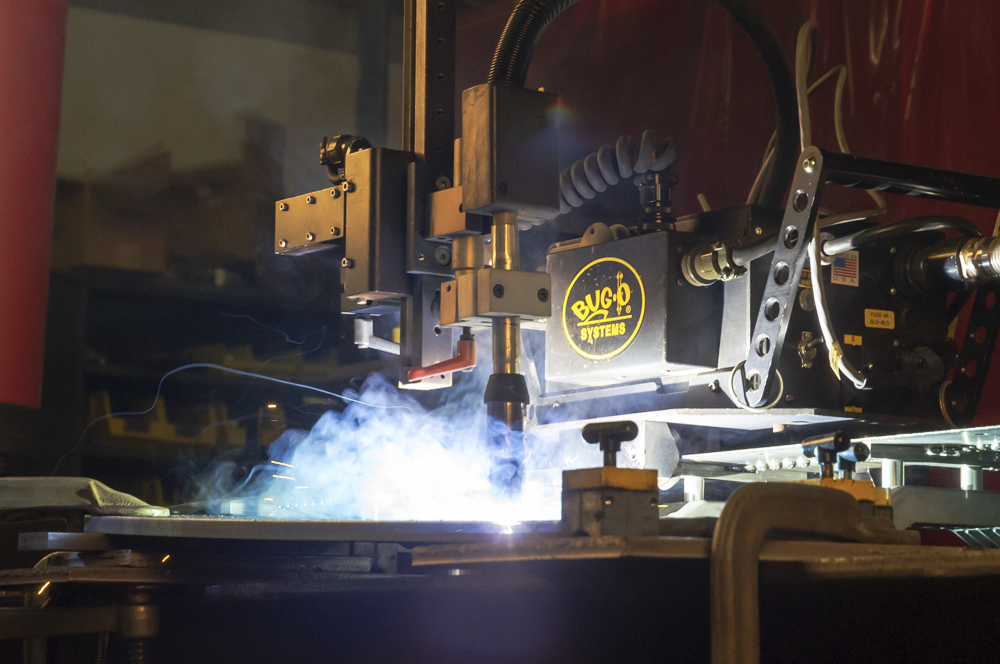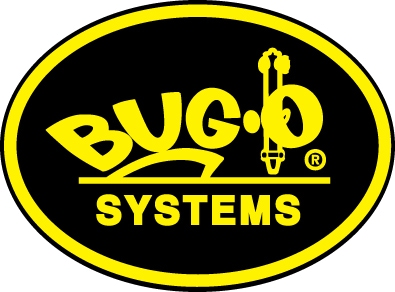In today’s fast-paced industrial landscape, the drive to reduce welding costs while maintaining high standards of quality and efficiency is more critical than ever. Adaptive welding offers a transformative approach to improve your welding processes significantly, boosting productivity and driving cost savings. This blog post will discuss adaptive welding, its benefits, and how to use it to enhance your business performance.
What Is Adaptive Welding?
Adaptive welding is an advanced technology that uses real-time feedback mechanisms to adjust welding parameters dynamically. Adaptive welding systems can change while welding to ensure a good weld. They do this by monitoring aspects such as arc length, heat input, and travel speed. This helps maintain the best quality weld possible. This adaptability allows for consistent and accurate welds even in varying conditions, significantly reducing defects and rework.
Key Features of Adaptive Welding:
- Real-time Monitoring: Continuous observation of welding parameters.
- Automated Adjustments: Dynamic changes to settings based on real-time data.
- Enhanced Precision: Improved accuracy and consistency in welding results.
Benefits of Adaptive Welding
Adopting adaptive welding technology offers numerous advantages that contribute to reducing welding costs and enhancing overall production efficiency:

Increased Efficiency
Adaptive welding systems automate various aspects of the welding process, reducing the need for manual intervention. This leads to faster production cycles and lower labor costs.
Improved Quality
Adaptive welding minimizes the risk of defects by continuously monitoring and adjusting welding parameters. This results in higher-quality welds and reduces the need for costly rework.
Material Savings
Optimized welding processes ensure materials are used efficiently, reducing waste and lowering material costs.
Enhanced Safety
Automating the welding process reduces operators’ exposure to hazardous conditions, enhancing workplace safety.
Cost Savings
All the above benefits contribute to significant cost savings, making adaptive welding an economically attractive option for businesses looking to optimize their welding operations.
How Adaptive Welding Helps in Production
Integrating adaptive welding into your production line can lead to remarkable improvements in efficiency and output quality. Here’s how:
Precision and Consistency
Adaptive welding systems ensure that each weld is executed precisely, producing consistent quality across all joints. This uniformity is particularly beneficial in industries where safety and durability are paramount.
Reduced Downtime
With automated adjustments and real-time monitoring, adaptive welding systems can quickly respond to discrepancies, reducing downtime caused by defects or equipment malfunctions.
Scalability
Adaptive welding technologies can be easily scaled to accommodate different production volumes, making them suitable for small-scale workshops and large manufacturing plants.
Data-Driven Decisions
The data collected by adaptive welding systems can provide valuable insights into your production processes, enabling data-driven decisions that further optimize efficiency and reduce costs.
Mechanized Welding
Mechanized welding integrates advanced automation to enhance the speed and accuracy of welding processes, ensuring high-quality results with minimal manual intervention.
Mechanized Cutting
Mechanized cutting systems employ precision automation to execute cuts with high accuracy, reducing waste and improving the efficiency of the production process.
Custom Mechanization
Custom mechanization solutions can be tailored to meet specific production needs, offering flexibility and efficiency for unique manufacturing challenges.
How to Incorporate Adaptive Welding into Your Business
Adopting adaptive welding technology requires a strategic approach to ensure a smooth transition and maximize the benefits. Here are some steps to help you incorporate adaptive welding into your business:

Assess Your Current Welding Processes
Identify areas where adaptive welding can offer the most significant improvements. Evaluate your current welding methods, production volumes, and defect rates to determine the potential impact of adaptive welding.
Choose the Right Equipment
Select adaptive welding equipment that meets your production needs. Consider factors such as ease of integration, compatibility with existing systems, and the specific features offered by different solutions.
Train Your Workforce
Ensure your welding operators and technicians are adequately trained to use adaptive welding equipment. Provide comprehensive training programs to help them understand the technology and leverage its full potential.
Monitor and Optimize
Continuously monitor the performance of your adaptive welding systems and make adjustments as needed. Use the data collected to identify opportunities for further optimization and cost savings.
Maximize Performance with Bug-O Systems
Incorporating adaptive welding into your production processes can substantially improve efficiency, quality, and cost savings. By understanding the benefits and taking strategic steps to integrate this technology, businesses can stay ahead of the competition and thrive in the modern industrial landscape.
At Bug-O Systems, we provide innovative solutions that help you optimize your welding operations. Contact us today to learn more about our products and how they can help you reduce welding costs and maximize performance.


Recent Comments